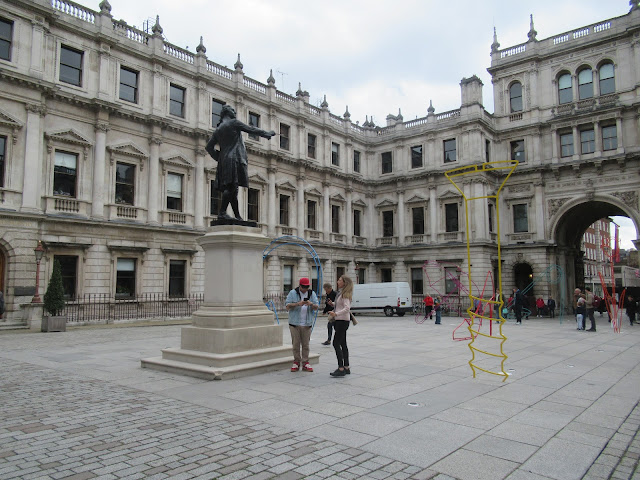We went to Bourton-on-the Water a few days ago. We had not been for ages as it gets so busy that it becomes impossible to get into the village, let alone park. Weekends are a no no but this was a Monday and we thought we would give it a go. It was still very busy but not unbearably so. The village often has more visitors than residents during the peak season. Some 300,000 visitors arrive each year as compared to under 3,500 permanent residents.
The river Windrush runs through the village and this is what makes it so picturesque.
The river is extremely shallow, as you can see in this picture.
The river is crossed by five low, arched stone bridges. They were built between 1654 and 1953, leading to the nickname of 'Venice of the Cotswolds'.
The houses and shops are constructed of the ashlar yellow linestone characteristic of the Cotswolds and they have embellishments that make Cotswold architecture so picturesque: projecting gables, string-courses, windows with stone mullions, dripmoulds and stone hoodmoulds over the doors.
Another of the bridges
and two more further along.
It's just lovely wandering around.
I looked at these two people sitting in their garden, which is lovely, and with such wonderful views, and I thought how much they must resent being on such public view all the time.

There are lots of pubs, bars and eateries to accommodate all the visitors
It does not take long to get to the end of the main street and the last bridge.
and the river on our right

Finally, here it was - the house whose garden is an island in the middle of the river
and started exploring some of the backstreets
eventually we re-joined the main street. Someone was having great fun in the river.












































.JPG)
.JPG)
.JPG)
.JPG)
.JPG)
.JPG)
.JPG)
.JPG)